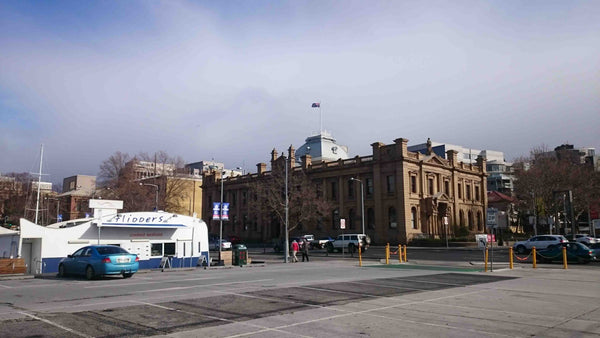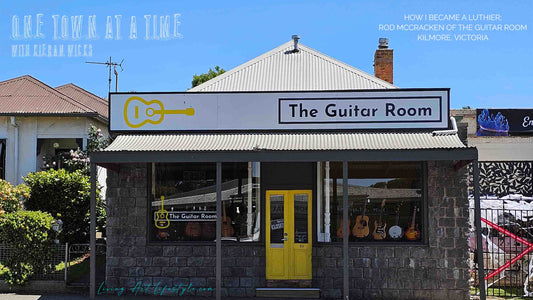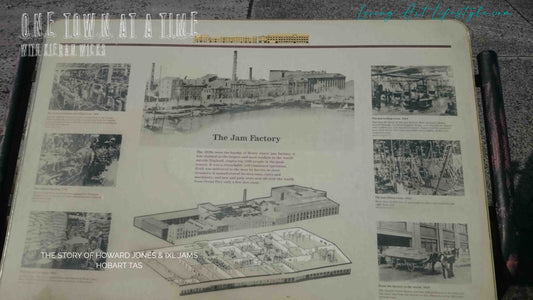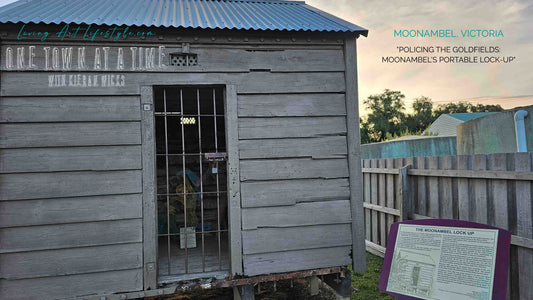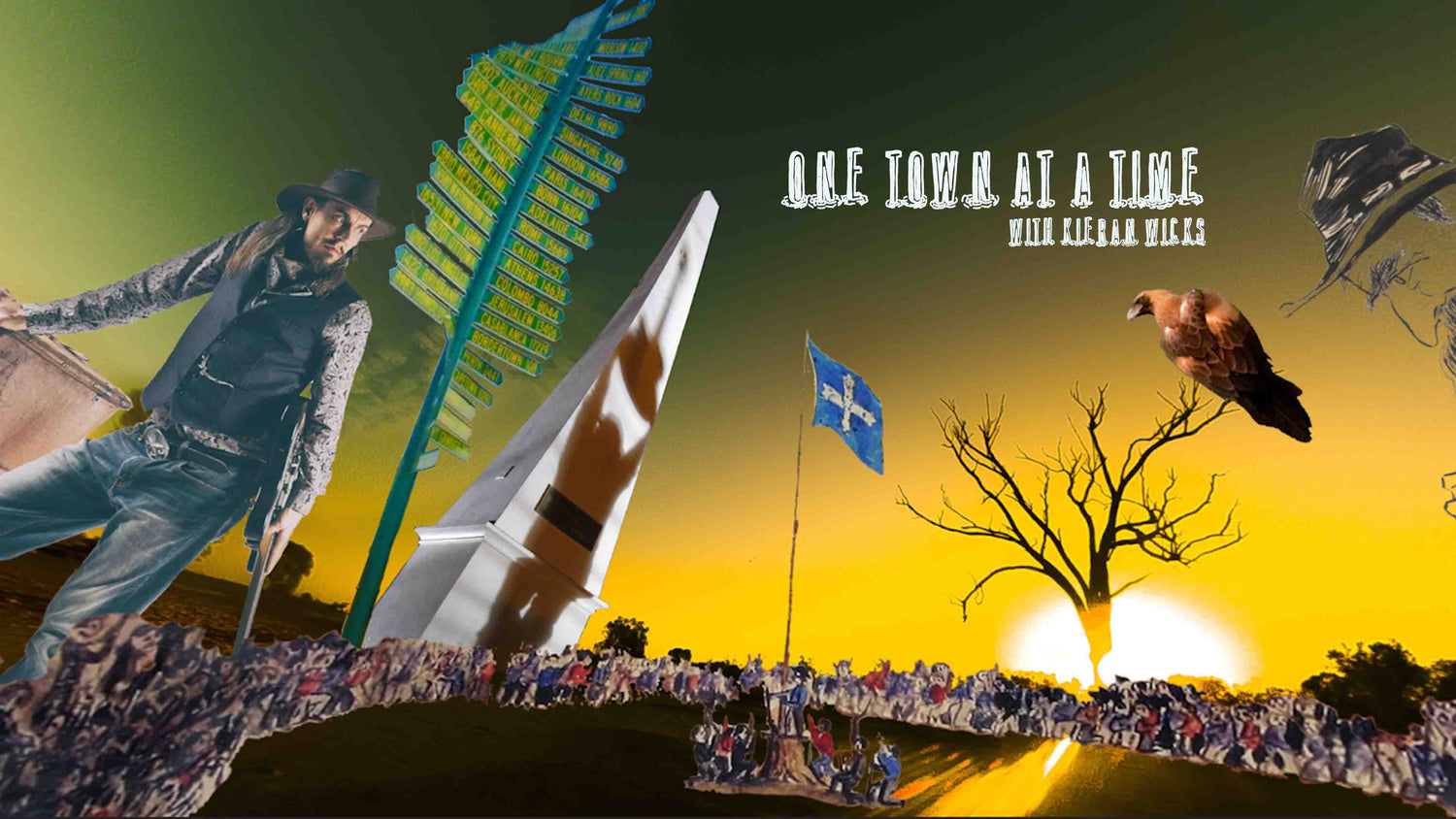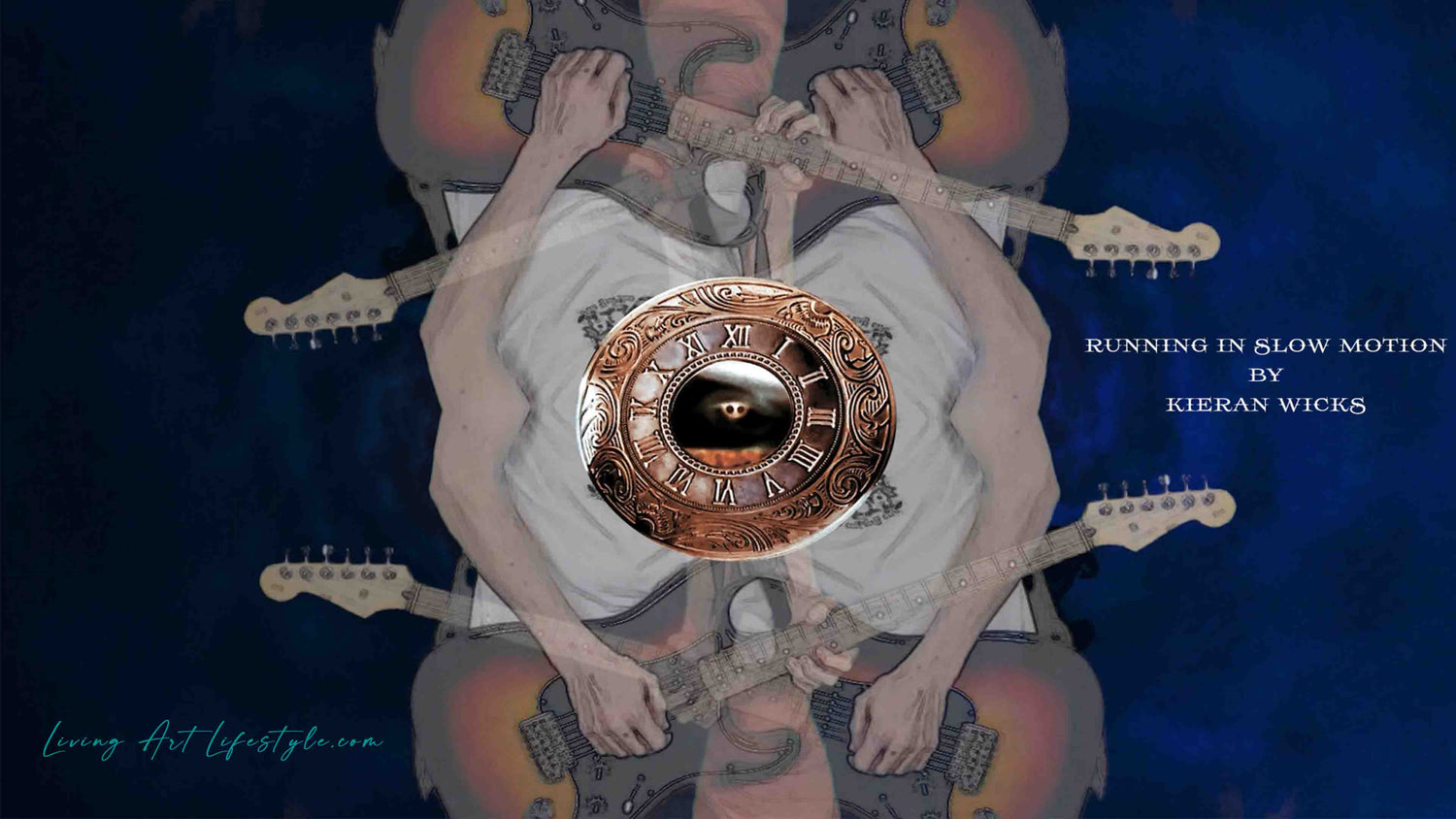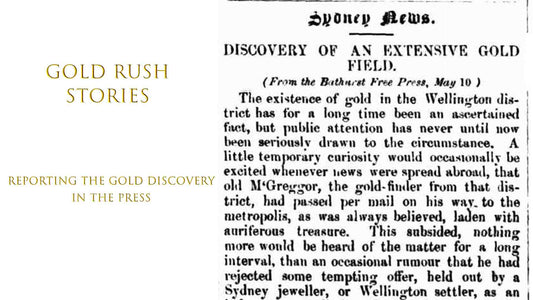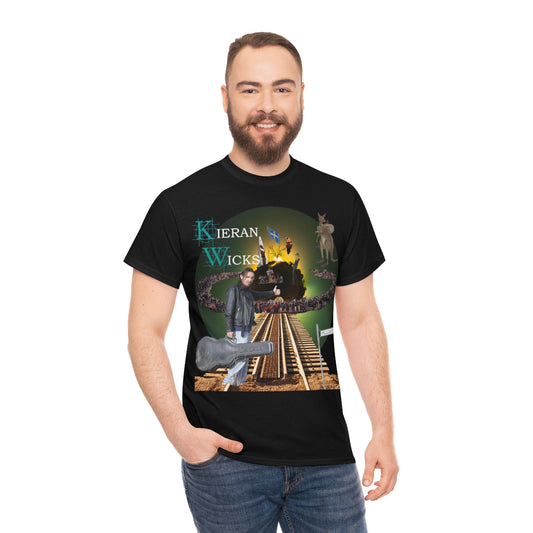In 1870, Joseph Moir, a pioneering Tasmanian, set out to construct the remarkable Shot Tower, a towering structure that would leave a lasting legacy.
At just 20 years old, Moir arrived in Hobart in 1829, joining the ranks of thousands of hopeful free immigrants who sailed to Van Diemen's Land in the 1820s. His journey, marked by determination and ambition, led him to acquire several properties, government employment, and a reputation as a builder of notable colonial buildings, including St Mark's Anglican Church in Pontville.

Bridge crossing the Derwent on Midlands Highway north of Hobart
Moir's magnum opus, the Shot Tower, stands as a testament to his diverse skills, as he took on multiple roles during its construction, even acting as Engineer, Architect, Carpenter, and Overseer. Though he initially claimed it was completed in eight months, historical records reveal it actually took an impressive eight years to build.

Derwent River south of Hobart near Taroona
@kieran.wicks #question from @kieran.wicks #OneTownataTime #ShotTower #Hobart #Ammunition #Historian #MilitaryHistory #TourDiary #Tourguide #ForgottenHistory #TouringMusician #PurposeBuilt #Sandstone #Tower #LivingArtLifestyle #WallsofJericho #didyouknow ♬ original sound - Kieran.Wicks

A sign at the base of the tower reads :
"This shot tower was built by the proprietor, Joseph Moir, in the year 1870. In its erection he acted as Engineer, Architect, Carpenter and Overseer. With merely the assistance of two masons it was completed in 8 months, when the secrets of shotmaking had to be discovered. After many persevering efforts the first shot was dropped on the 8th of September 1870."
In fact, it's certain the Shot Tower took eight years to build, not eight months as Moir claimed. But it was – it is – a remarkable construction: tapered and nearly 60 metres tall, the tower's base is 10 metres in diameter and the walls a metre thick; at the top, where it tapers to 3.9 metres, the walls thin to about half a metre. While shot towers were once common, this is the world's last tower of its type.
Designed and built by Joseph Moir and opened in 1870, it is the tallest stone shot tower in the Southern Hemisphere and first shot tower in the Southern Hemisphere.
Attached to a historic house known as Queensborough Glen, which was the residence of Moir and his family for many years, Moir sourced stone from a nearby abandoned convict probation station, taking on many roles during the construction process, with the assistance of two stone masons.
https://en.wikipedia.org/wiki/Shot_Tower,_Taroona

Built from locally sourced stone, notably from a nearby abandoned convict probation station, this tower is the last of its kind in the world. The lead used for shot production was melted in cauldrons over wood fires at the top of the tower. Arsenic and antimony were carefully added, and for larger shot sizes, the molten lead was poured through a colander, falling a staggering 152 feet into a water tub at the base. Small shot sizes fell 30 feet in the factory.



With annual production reaching up to eighty tons, Moir's Shot Tower thrived under tariff protection until the Federation. However, post-1901, increased competition made it difficult for the tower to compete with the three other shot manufacturers in Australia, leading to its eventual closure in 1905.
Lead was melted in cauldrons over wood fires at the top of the tower, arsenic and antimony were added, and, for larger size shot, the lead was poured through a colander at the top of the tower, falling 152 feet into a tub of water at the base. Small shot fell 30 feet in the factory. The shot was dried, sorted, graded, polished, weighed, packed and sold, and eighty tons were produced annually.
The process of making shot was perfected as early as 1782 by William Watts, who developed the idea of drop-shot. This involves pouring molten lead through a sieve and allowing the drops to fall from a tower. As they fall, they harden into perfect spheres. This process was industrialized by specialist manufacturers. The Bliemeister method has supplanted the shot tower method since the early 1960s.
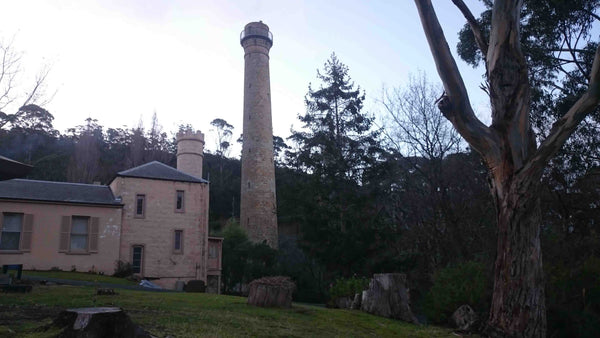
The Shot Making Process: Shot making is a precise and intricate process that was carried out in shot towers like the one built by Joseph Moir. The steps involved in the production of shot pellets, used for ammunition and various industrial purposes, were as follows:
- Lead Melting: Lead was melted in cauldrons at the top of the tower using wood fires. The high temperature was necessary to liquefy the lead.
- Additives: To create high-quality shot, additional substances were mixed with the molten lead. Arsenic and antimony were often added to improve the hardness and spherical shape of the shot pellets.
- The Drop: For the larger-sized shot pellets, the molten lead was poured through a colander at the top of the tower. The liquid lead would fall from a great height, allowing it to form into spherical droplets during the free fall. These droplets would cool and harden as they fell, creating uniformly round shot.
- Water Tank: At the base of the tower, there was a large tank of water. The shot pellets would fall into this tank, where the water served to cool and harden the lead further.
- Sizing and Sorting: After extraction from the water, the shot pellets were sorted and graded based on size. They were then polished to ensure they were smooth and free from imperfections.
- Packaging and Sale: The shot pellets were weighed, packaged, and prepared for sale. They were widely used for hunting and shooting, making them an essential product for various applications.
Until Federation, the business was protected by a tariff, but after 1901 Moir could not compete with the three other shotmakers in Australia, and the business closed in 1905.
The process of making shot using shot towers became prevalent in the late 18th century. William Watts of Bristol, England, patented his method in 1782. The method was widely used throughout the 19th century and well into the 20th century. For instance, Moir’s Shot Tower in Tasmania, Australia, was operational from 1870 to 1905.
However, by the early 1960s, the shot tower method was largely replaced by the Bliemeister method This newer method was more efficient and less labor-intensive than the shot tower method. So, we can say that the shot tower method was prevalent from the late 18th century until the early 20th century.
Further reading: L Scripps, The industrial heritage of Hobart volume 1, Hobart, 1997; R Lord, The Shot Tower, Hobart, 1980.

Today, the Shot Tower remains a historical and architectural gem, celebrating Tasmania's rich heritage and the remarkable achievements of Joseph Moir. It stands as the Southern Hemisphere's tallest stone shot tower and continues to inspire all who visit, reminding us of an era marked by innovation, craftsmanship, and industrial history."





